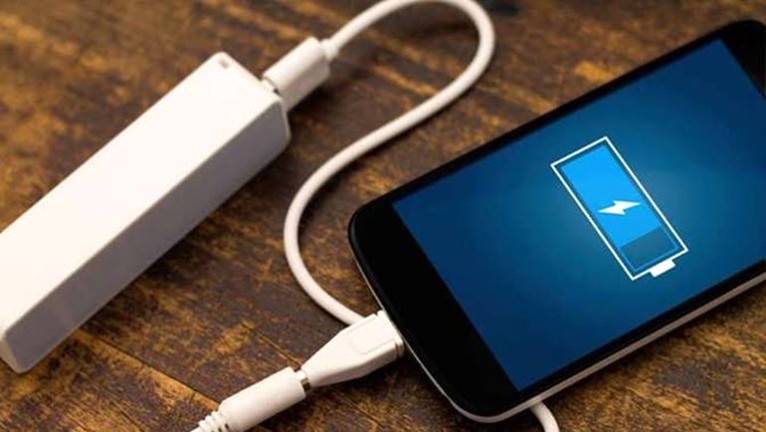
Most major phone brands these days come with advanced fast chargers. How do fast chargers work and how do they get even faster?
The Rise of Fast Charging
Many smartphone manufacturers use the fast charging system to reach more users and make their model more attractive. These companies use slogans like ’80 percent charge in 30 minutes’ or ‘full charge in less than an hour’ to market phones with fast charging. Users who do not want to wait for a long time to charge their phones tend to prefer these models.
Does It Have Capacity In Fast Charging?
Smartphone batteries charge when a current flows through them. Higher current and higher voltage will charge batteries faster, but there is a limit to what they can take. The charge controller (IC) provides protection against dangerous spikes in current.
The controller chip regulates the overall flow of electricity to and from the battery. Generally speaking, lithium-ion controllers define the current (in amps) the battery charges by measuring the cell current and voltage of the battery and adjusting the current flowing. Some use a DC to DC converter to change the input voltage. integrated circuits adjust the resistance between the charger input and the battery terminal to increase or decrease the current flow.
The amount of current the charge controller draws is usually determined by the phone’s software.
Quick Charge
Standard adapters offer power at 5 volts and 1 amp; this is why phones before 2015 charge slower than today’s. Quick Charge adapters can increase up to 9 volts and 2 amps. This means faster charging if your phone also supports it.
The latest Quick Charge 3.0 technology can increase the voltage up to 20 volts. In this way, you do not need to leave your phone on charge for long hours; It is possible to charge your phone before taking a bath and find your phone above 50 percent when you return. Qualcomm claims that Quick Charge 3.0 is 40 percent faster than Quick Charge 2.0.
Meanwhile, some manufacturers use their own fast charging technologies instead of Quick Charge. For example, Oppo and OnePlus use VOOC and Dash Charge technologies on their phones, respectively. Dash Charge reaches 60 percent charge in half an hour, according to OnePlus.
In summary, Quick Charge and other fast charging technologies will become the standard in the coming years. But if you have a phone that doesn’t support Quick Charge, you don’t need to buy a new phone just for it if you ask us.
